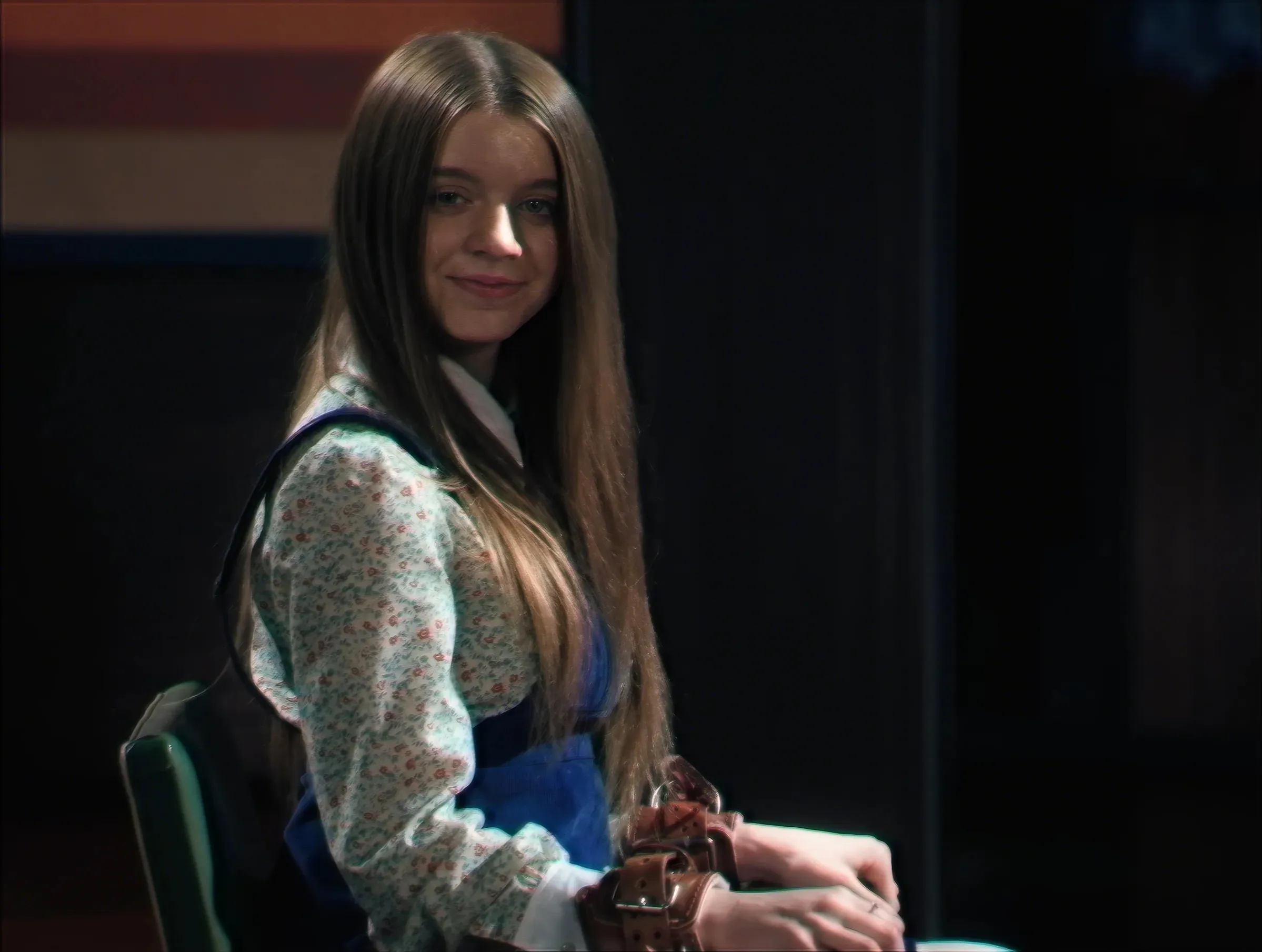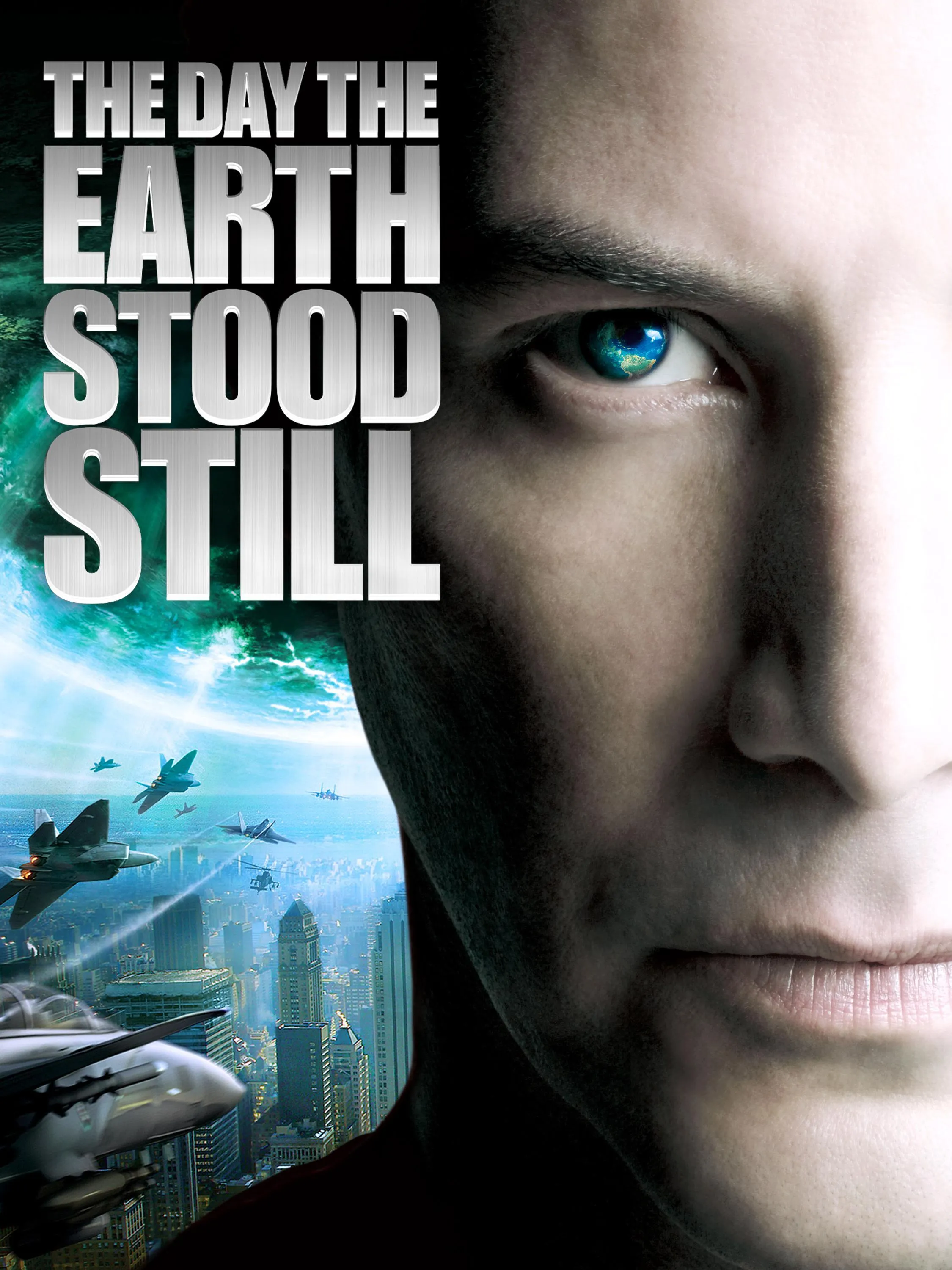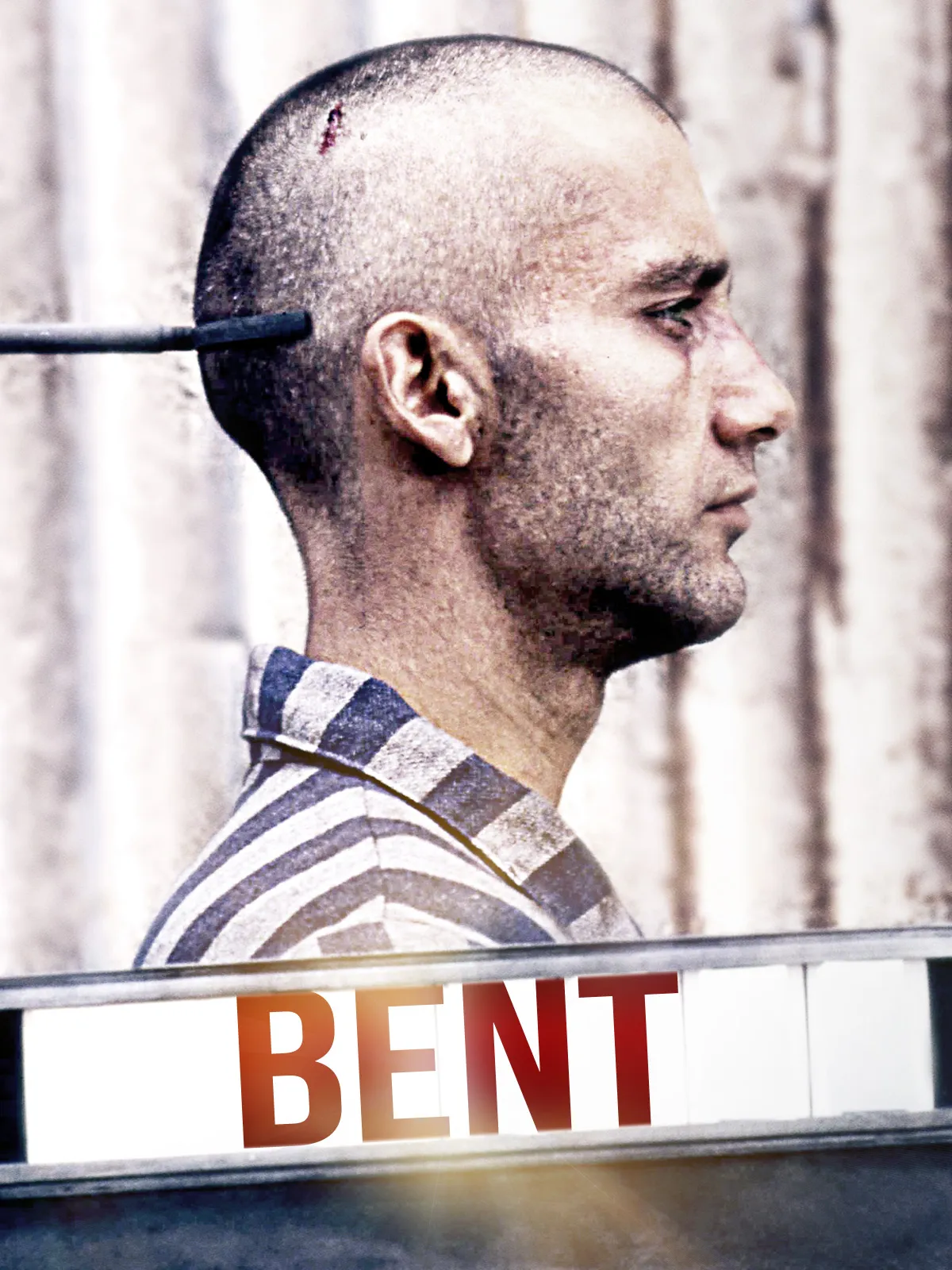Late Night with the Devil is a 2023 supernatural horror film directed by Australian filmmakers Colin and Cameron Cairnes. The film takes a unique approach to the found-footage horror genre by presenting itself as a "lost" television broadcast from 1977 that spirals into chaos. Featuring David Dastmalchian in the lead role as a desperate late-night talk show host, the film blends elements of classic horror, psychological thriller, and media satire to deliver an unsettling and immersive experience.
After premiering at South by Southwest (SXSW) on March 10, 2023, the movie gained critical acclaim and was later released theatrically on March 22, 2024, by IFC Films. Since then, it has received praise for its originality, unsettling atmosphere, and Dastmalchian’s commanding performance.
Set in the late 1970s, the film follows Jack Delroy (David Dastmalchian), the host of a struggling late-night talk show called Night Owls with Jack Delroy. Once a rising star in the entertainment industry, Jack is desperate to revive his show’s dwindling ratings. To achieve this, he decides to air a live Halloween special, featuring a variety of guests, including a psychic, a skeptic, a magician, and a young girl named Lilly, who is said to have survived a Satanic cult ritual.

As the night progresses, the show takes a dark and disturbing turn. Supernatural events unfold live on air, and what starts as a gimmicky publicity stunt soon transforms into a nightmarish descent into madness. Jack and his crew find themselves trapped in a real-life horror spectacle, unable to control the forces they have unleashed.
The movie presents itself as "found footage" from the ill-fated broadcast, adding a layer of authenticity and realism to the horror. The audience watches as the footage deteriorates, glitches, and reveals terrifying hidden secrets that suggest something far more sinister is at play.

1. The Dark Side of Fame
Jack Delroy represents the classic tragic figure—a man who once had everything but is now struggling to stay relevant. His desperation leads him to cross moral and supernatural boundaries, making him a metaphor for how far people will go for success and public approval. The film critiques the exploitative nature of media, showing how real-life horrors are often sensationalized for ratings.

2. The Power of Television and Mass Influence
Set in the 1970s, when late-night talk shows were at their peak of influence, the film explores how television shapes public perception. The idea that something evil could spread through the screen, infecting millions of viewers, plays into classic horror fears like "cursed media" (similar to The Ring or Broadcast Signal Intrusion).
3. Found-Footage Horror with a Twist
Unlike traditional found-footage films, which rely on shaky cameras and handheld perspectives, Late Night with the Devil feels like a real 1970s broadcast. The film replicates the era’s visual style, camera work, commercials, and production values, making it feel authentic. The breakdown of the footage (glitches, distorted images, static interference) adds a meta-layer to the horror, as if the movie itself is haunted.

-1746342284-q80.webp)


